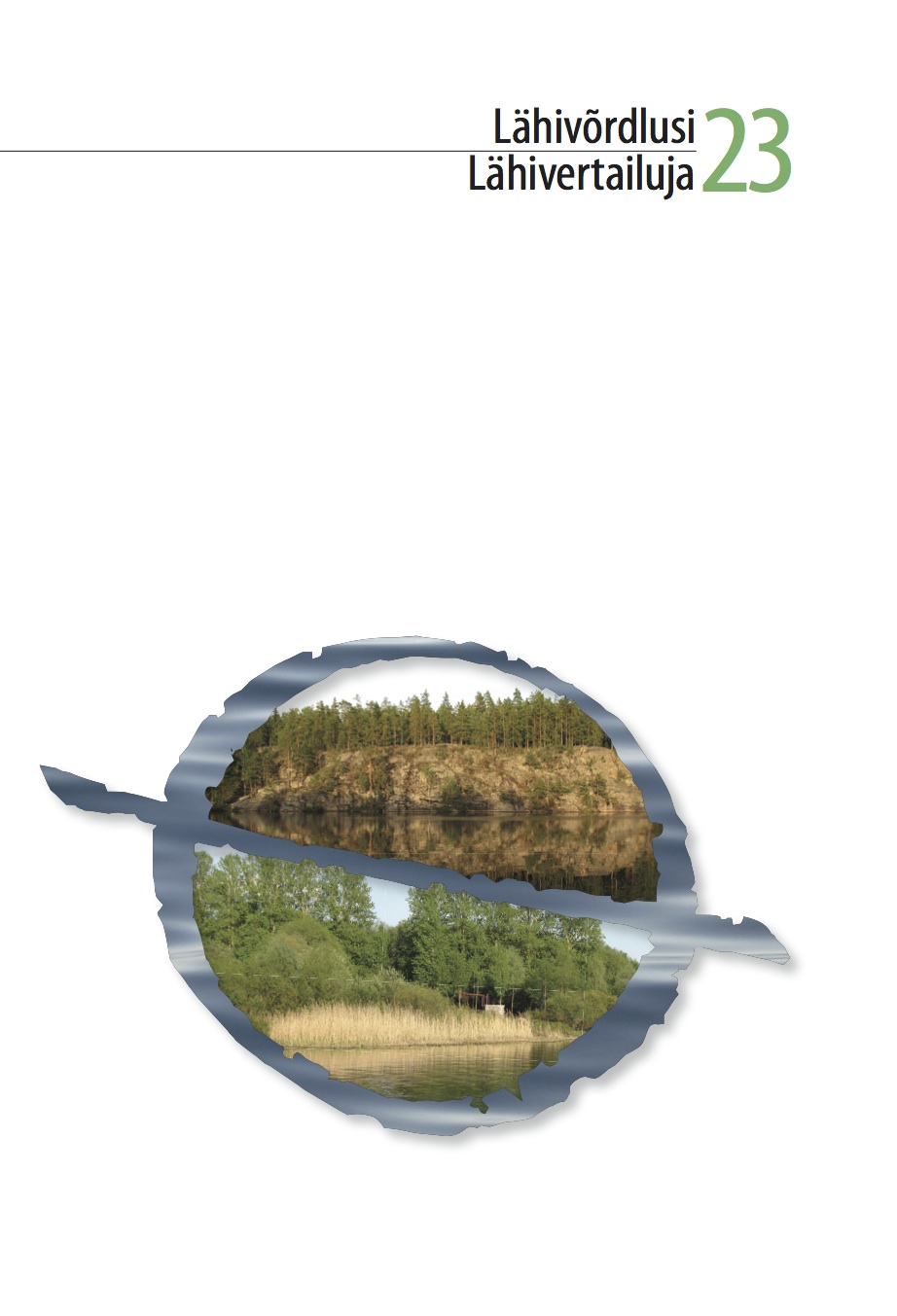Oppijansuomen kolligaatit ketjuuntuvissa verbirakenteissa
Colligates of learner Finnish in verb chain structures
Author(s): Tanja SeppäläSubject(s): Language and Literature Studies
Published by: Eesti Rakenduslingvistika Ühing (ERÜ)
Keywords: rection; valency; verbs; corpus methods; phraseology; learner language; Finnish
Summary/Abstract: This article examines the colligates in the verb chain structures of Finnish as a foreign language. A verb chain structure is a combination of a !nite verb and an A-infinitive form (alkaa tehdä ‘begin to do’), a finite verb and MA-in!nitive form (mennä tekemään lit. ‘go to do’) or a !nite verb and a deverbal noun (aloittaa tekeminen ‘start doing’). A colligation is a combination of a lemma or a wordform and some co-occurring syntactic element. The latter element (a verb in infinitive form or a deverbal noun) is the colligate of the finite verb. The aim of the study is to describe the verb chain structures and the verb rections of learner Finnish and provide information that could be used in teaching Finnish as a second or foreign language. I use the International Corpus of Learner Finnish (ICLFI) as a research data and thus apply corpus methods. The theoretical frame is phraseology which emphasizes the pre-constructed nature of language. What I found was that A-infinitive rections and MA-in!nitive rections with directional verbs are easy for students. On the other hand MA-in!nitive rections of more abstract verbs (auttaa ‘to help’, pystyä ‘be able to’) cause more deviation from the native Finnish. Also verbs with deverbal noun rection (for example jatkaa ‘to continue’ and rakastaa ‘to love’) are difficult and they are often used with A-infinitive. Based on the results I suggest that verbs and their rections could be taught as phraseological units and in authentic contexts.
Journal: Lähivőrdlusi. Lähivertailuja
- Issue Year: 2013
- Issue No: 23
- Page Range: 315-340
- Page Count: 26
- Language: Finnish

